
More and more people are embracing vegetable gardening as a soothing, outdoor, family-friendly pastime that promotes self-sufficiency. Along with the delights of nurturing a plant from seedling to harvest come certain challenges. Pests, water, space constraints, proper planting times, microclimates, and choosing location-appropriate crops and varieties are all considerations that greatly impact Northern Californian gardeners’ successes or failures.
When it comes to successful veggie production for the coastal gardening community, it is crucial to adapt to the challenges unique to the environment and, most importantly, to choose varieties most likely to flourish in a seaside garden.
Advantages to coastal veggie gardening
Mild—usually frost-free—winters, wetter spring and fall seasons, and the absence of scorching heatwaves make the coastal gardener’s life easier by lessening water worries and the need to rush for frost-protection on chilly nights. With adequate work to offset coastal gardening difficulties (see below), cool-season vegetables can be grown and harvested almost all year long.
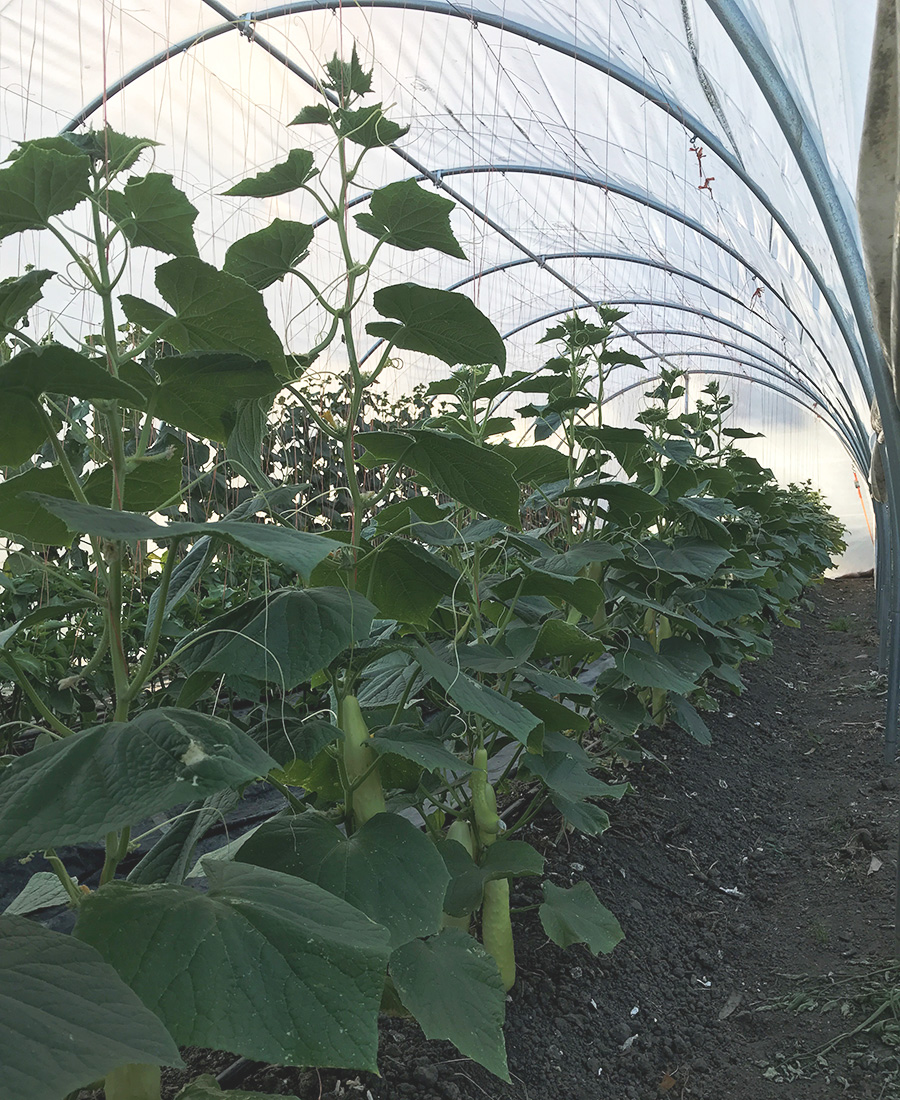
Challenges to coastal veggie gardening
A coastal garden’s production capability is limited by salt spray, winds, and foggy summer days with limited sunshine during what most consider peak growing season. Sandy soil with a high salt content can also be a concern. Unless you’re prepared to build, light, and heat an enclosed greenhouse in addition to providing pollination services, growing heat-loving melons, corn, peppers, winter squash, cucumbers, and eggplants is difficult. However, it can be done. And there are some excellent summer squash, bean, and tomato varieties that will happily produce in maritime gardens with far less effort. Work with the challenges of your coastal garden. Warm up the soil and reduce the effects of sandy or salty soils, wind, or salt spray with these easy-to-follow tips. Then choose from the list of vegetables below and grow a flourishing, productive seaside garden.
 |
 |
| Rugosa rose (left), also called beach rose, will spread nicely to buffer your garden from winds. Along with crimson spot rock rose (right), it can tolerate winds and salty air. Photos: Fionuala Campion |
Too much wind?
Plant salt-tolerant shrubs for a windbreak for your veggie garden. Blue Gem™ coast rosemary (Westringia fruticosa ‘WES03’, Zones 9–10) or crimson spot rock rose (Cistus ladanifer, Zones 7–10) are excellent candidates, as is the rugged yet charming rugosa rose (Rosa rugosa, Zones 2–7).
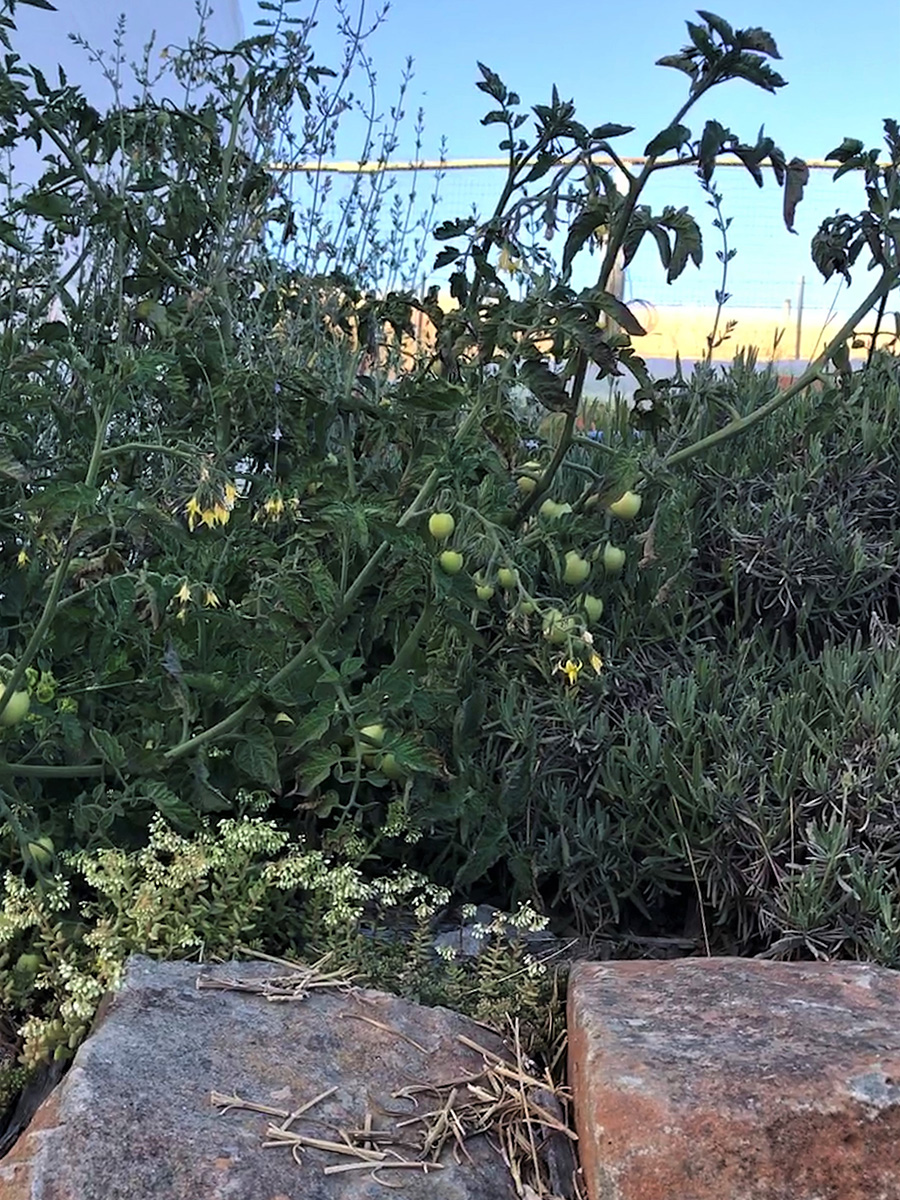
Cold soil?
Warm up chilly soil with black or clear plastic sheeting before transplanting. Leave the sheeting on for two to three weeks. The risk of killing beneficial microbes through solarization this way is low because of the short period the sheeting will be on the soil and because coastal areas seldom get warm enough to properly solarize. Planting in raised beds or using stone retaining walls are also great ways to maintain warmth during the growing season.
Salty soil?
Plant your veggies in raised beds or large containers with purchased organic soil that is well amended with rich, organic compost.
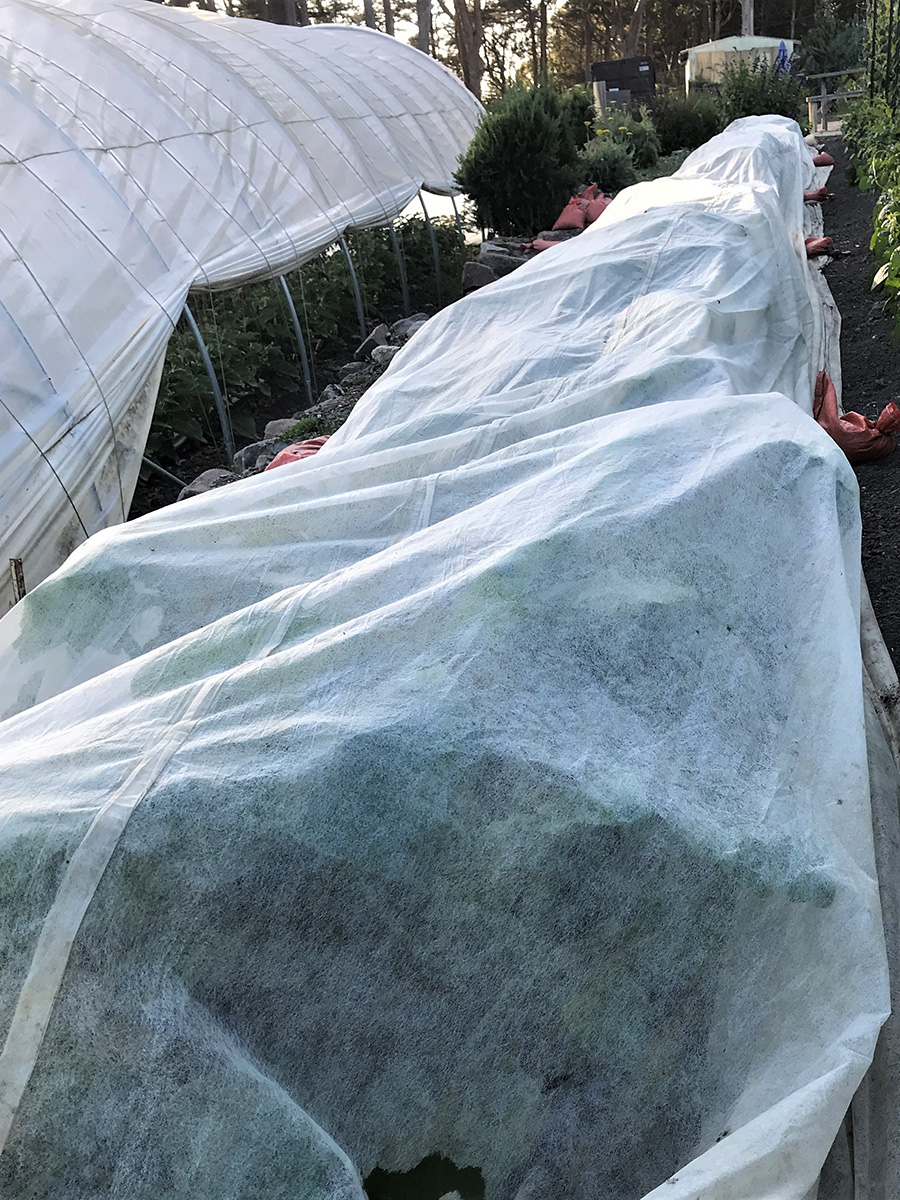
Salt spray?
A windbreak may be adequate, but for extra protection, cover your vegetables with well-secured floating row covers, or build a sturdy, plastic-covered hoop house.
Sandy soil?
Amend soil with rich, organic compost, digging it in to 1 foot deep to increase water-holding capacity and nutrient levels.

Cool-season crops
By following the tips above, you can get almost all varieties of cool-season crops—such as arugula, beets, fava beans, carrots, brassicas, leeks, and onions, as well as leafy greens such as lettuce, kale, spinach, collards, mustards, and Swiss chard (particularly productive)—to flourish in Northern California’s coastal gardens. Artichokes, cardoons, kohlrabi, parsnips, bulb fennel, and potatoes do equally well. Peas can also be grown, with the shorter, bush-type peas such as ‘Sugar Ann’ or ‘Sugar Sprint’ proving best for windier areas.
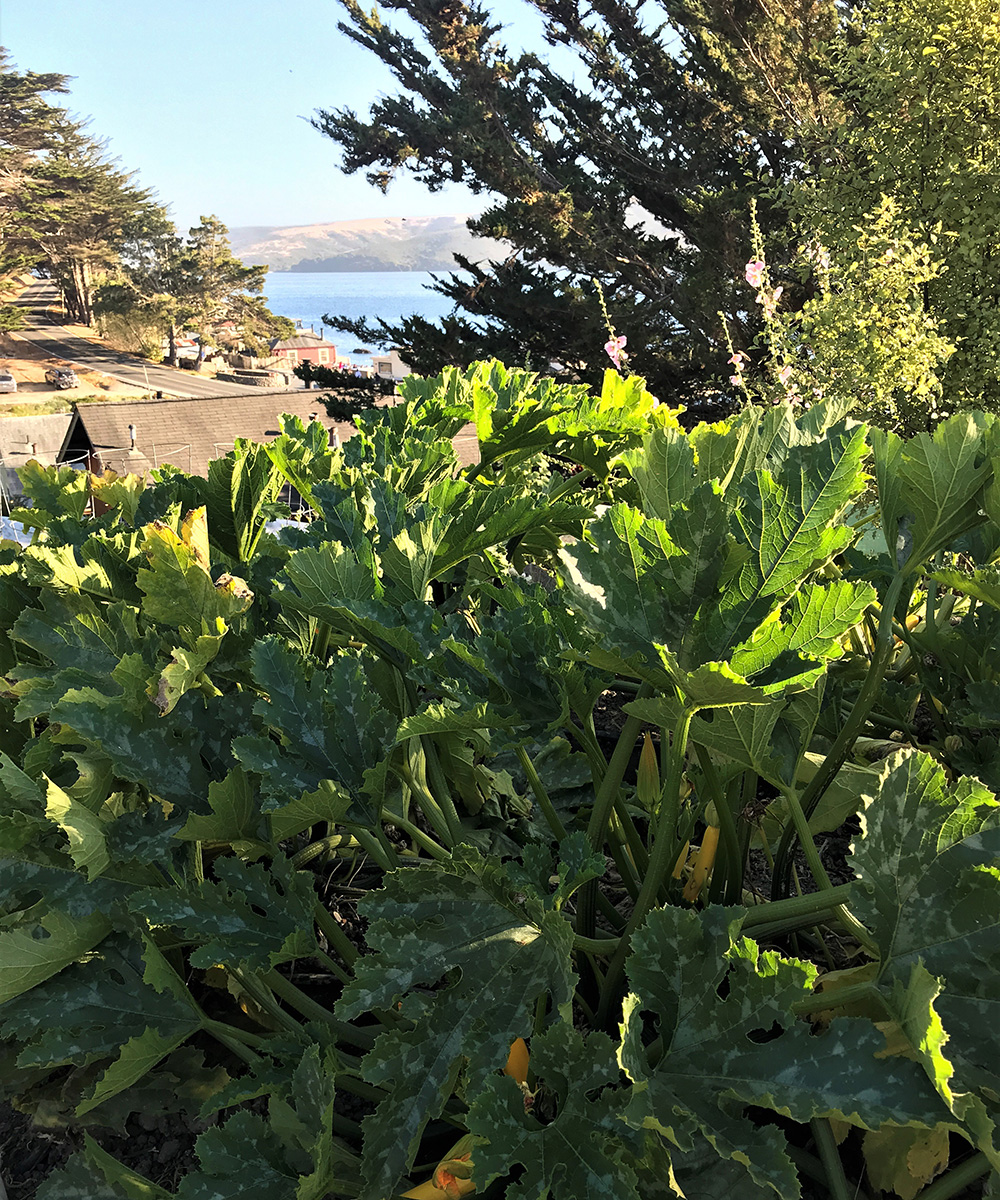
Warm-season crops
For optimal success with warm-season crops, a little more attention, particularly to the choice of variety, is required. A well-timed late April planting of sturdy starts of quick producers such as ‘Oregon Spring’, ‘San Francisco Fog’, ‘Early Girl’, or ‘New Girl’ produces delicious harvests of tasty salad-type tomatoes. The disease-resistant bush beans ‘Jade’ and ‘Maxibel’ will cover all your green bean needs; plant starts rather than seeds that need warm soil to germinate. Summer squash seedlings can be planted in April or May, with the varieties ‘Cocozelle’, ‘Sure Thing’, and ‘Goldmine’ proving to be the most successful varieties for coastal climes.
With attention to the challenges and advantages, and thoughtful choice of the varieties you grow, you can enjoy your own beautiful, productive vegetable garden by the sea!
—Fionuala Campion is the owner and manager of Cottage Gardens of Petaluma in Petaluma, California.




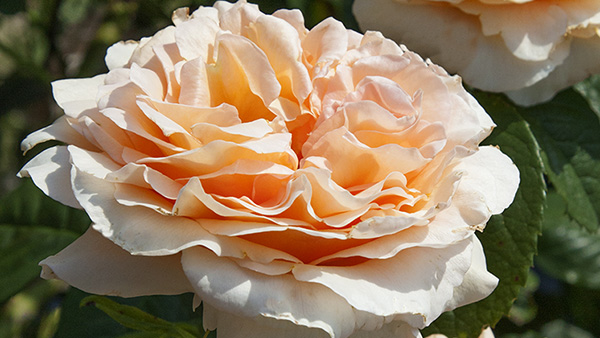













Comments
Log in or create an account to post a comment.
Sign up Log in